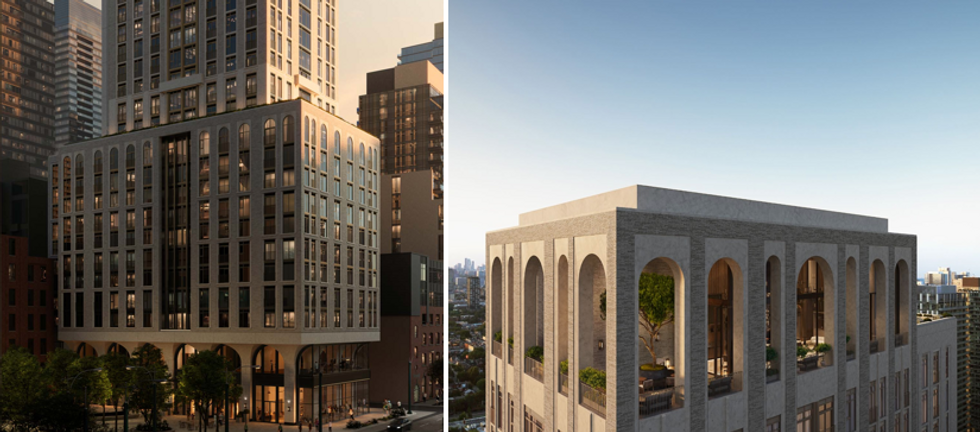Pouyan Safapour, President of Toronto-based development company Devron, is no stranger to the headwinds that have faced the pre-construction condo market and all its players this past year. Development fees have mounted, as have material and labour costs, putting builders and developers in a tough spot. For would-be purchasers, affordability has been severely implicated thanks to inflationary pressures and elevated interest rates.
And, according to economists, 2024 is anticipated to be a soft year for condos of all kinds compared to what we’ve seen historically, particularly with respect to overvalued centres like Toronto where debt service burdens swing high.
Even so, Safapour believes there are still upsides to be found in a prudent pre-construction investment. That said, he agrees there’s more pressure on purchasers these days to suss out a product that will be marketable in the long term.
“With the right builder, right location, right product there can be a decent ROI over three to four years as you’re waiting for the building to be finished,” he tells STOREYS. “And actually, I would say there’s more room for upside right now than there would have been if you were purchasing the past few years when everything was feverishly high.”
For some background, Devron’s work in the pre-con market dates back over 20 years, and the company has projects like The Vanguard (7089 Yonge) and The Winslow (2781 Yonge) under its proverbial belt. Safapour has been at the helm of Devron since 2011.
In addition, Devron recently unveiled its plans for 101 Spadina, a close-to-40-storey condo project that will tout geothermal heating and cooling, luxe architecture, and a 10,000-sq.-ft public park at its doorstep.

“With our projects, we only think about developing for end-users,” says Safapour, adding that this is his general belief when it comes to creating any product or service, “whether it's a laptop or a home.”
But as we know, most condo projects in Toronto end up being snatched up not by end-users, but rather by investors. Data released last month from Statistics Canada showed that, between 2016 and 2021 (the last year of available data), a whopping 57% of recently built condos in Toronto were actually owned by investors.
Even with that being the case, Safapour sticks to his guns, stressing that even those who are purchasing a pre-con condo product as an investor in today's slower market would still be wise to “put on their home-buying hat” and think “holistically” about the long-term liveability of the project.
“When someone is an end-user, they're thinking about everything from the neighbourhood to the way the building looks and feels to the amenities to the size of the units,” he explains. “When something's chosen as a home, it’s more likely to have what it takes to be a good investment too, but it’s not always vice versa.”
Thinking holistically means thinking about the nitty gritty, day-to-day details, says Safapour. For instance, if there will be enough elevators to service the number of residents efficiently, and even if one or several are out of service at a time. Another few have to do with “building sciences,” such as the insulation quality of the windows, and the soundproofing technology used in the walls.
For investors who plan to rent out their units, putting thought into these types of details could be the difference between low or high tenant turnover down the line, he adds.
“The other thing I would pay attention to is how many units there are in the building. The more units there are, the harder it is to maintain a level of intimacy and community,” says Safapour. “That impacts the lifestyle aspect of living in a building — but even from an investment perspective too, if you are at some point looking to sell or lease your unit, you may have hundreds of other units as competition.”





















